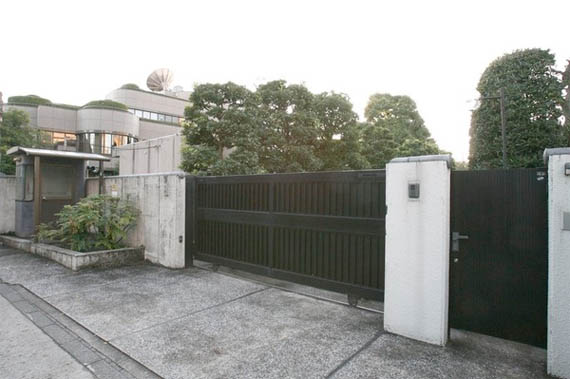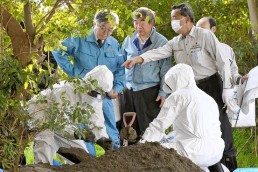Real estate brokerage fees in Japan

When renting or buying a property in Japan you may have to pay brokerage fees, or agent fees, to your real estate agent. The brokerage fees are defined under the Real Estate Transaction Business Law. Under this law, real estate agents cannot charge fees in excess of those specified.Read more
Shinjuku's latest luxury rental tower is home to Japan's first infinity rooftop pool

The brand new Park Habio Shinjuku Eastside Tower is the first rental building in Japan to have a rooftop infinity swimming pool for residents [As pointed out by a reader, Atago Green Hills Forest Tower (2001) has a rooftop pool on the 42nd floor]. Located on the 32nd floor, the infinity pool will have a commanding view of the Shinjuku skyline. There is also a bar lounge and rooftop terrace which can be used for residents to hold catered private parties. Other facilities include an indoor golf range, fully-equipped gym and karaoke room.Read more
Prince Hotel Gamagori sold

Kuretakeso, a hotel and wedding hall developer based in Hamamatsu City, announced that they will be acquiring the Prince Hotel Gamagori from the Prince Hotel chain. The hotel will be handed over on March 30, 2012, and the name will be changed to Gamagori Classic Hotel. The hotel will be revamped as a resort hotel and will also be used for wedding ceremonies. The total investment, including renovations to the rooms, is estimated at 1 billion Yen.Read more
Fixed asset tax deductions extended 2 years
The Government's Select Committee on the Taxation System has decided to extend the fixed asset tax reduction that applies to brand new homes and apartments. The reduced tax benefit will be extended an additional two years. Under this new plan, the annual fixed asset tax on a brand new apartment or home will be halved for the first five years since construction. The tax applies to all new residences, including those purchased to be rented out as an investment.Read more
Supply of new apartments to increase by 17.6% in 2012
According to the Real Estate Economic Institute, the number of new apartments to hit the market in greater Tokyo next year is forecast to reach 53,000 units. This is an increase of 17.6% from 2011.
This is due to an increase in construction projects as well as the postponement of apartment sales following the March 11 Tohoku disaster.Read more
Attorney General's Motoazabu residence returned to Finance Ministry

The official residence of the Attorney General in Motoazabu will be returned to the Ministry of Finance, as the government follows its plan of reducing the number of underutilized and over-subsidized housing for senior public officials across Japan.Read more
Chiba's radiation hot spots scaring off buyers
A survey* by the Chiba Association of Real Estate Appraisers found that 60% of real estate agents in Chiba Prefecture believe that radiation fears are directly impacting the sluggish local real estate market.
Following the discovery of several radiation 'hot spots' in Kashiwa and Matsudo Cities, there has been a sudden increase in the number of homes put up for sale as residents want out. Meanwhile, the interest from buyers has almost stopped completely.Read more

